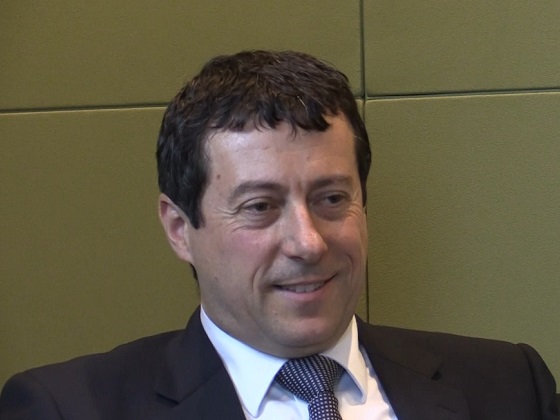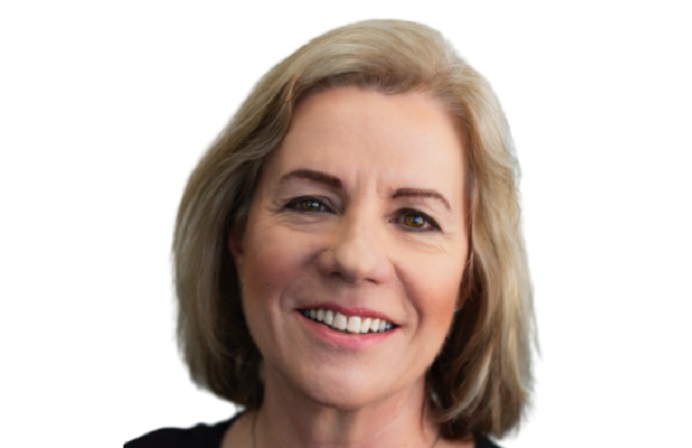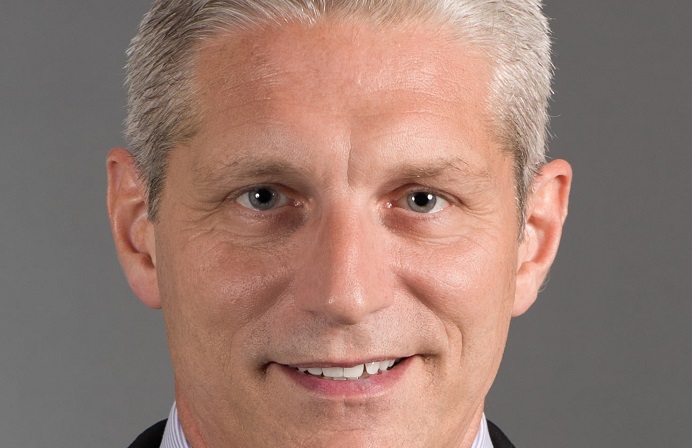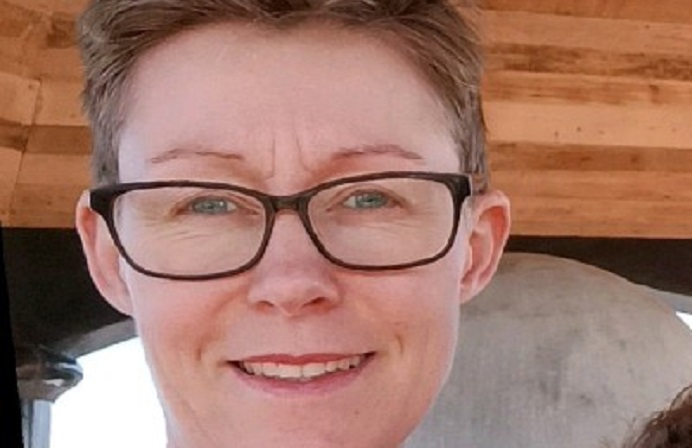
National Australia Bank’s CIO speaks to FST Media about how NAB’s transformation program is progressing.
FST Media: What are your IT investment priorities at NAB?
Boyle: Our investment priorities are aligned to our business’ overall priorities. The Australian and New Zealand franchises are where we have the highest return on equity and the biggest customer base. Focusing our technology transformational investments on delivering returns for those customers and our shareholders in that part of our business is where the priorities lie. NextGen, our core banking transformation, is very much focused on the Australian franchises.
FST Media: What are your key observations since starting at NAB, and what crucial lessons have you brought from your previous roles?
Boyle: When I first joined NAB, one of my first impressions was just how passionate the people are about the customer, and how connected they are to the organisation. NAB’s core values centre around doing the right thing, and that really resonates for the people. They feel a sense of loyalty and connection to the organisation, as well as a passion for doing the right thing for the customer. It is a really strong cultural foundation for the technology function at NAB to build on.
The technology leadership team is passionate about building on those foundations through three key areas. The first area is diversity and inclusion. We, like every technology arm globally, have a challenge in attracting enough women to join our team, so that the diversity in the team reflects the diversity of our customer base. We have to work very hard on that diversity, and we have a program called Women in Technology which is focused on diversity as a specific priority.
The second area is innovation. We face competition across the spectrum and competition is healthy, but technology is a big part of the innovation potential that exists in financial services. Unlocking the full potential of the innovative ideas that exist throughout my team is one of the areas that we are really focused on. We are looking at how we can increase the level of return we get from our technology investment, just by being more innovative in what we are doing.
The third area of focus for the technology leadership team is building our talent pipeline. When I look at the enrolments into technology university courses around Australia, it has declined quite dramatically over the last decade. Our young adults are not as interested in a technology career, it would seem, based on that statistic. And it is even worse for women, with fewer choosing technology relative to men. It is a war for talent out there and we need to be incredibly focused on building our pipeline and attracting talent. We need to look more broadly than just technology, we need to be looking at other industries. We need to be looking at other degrees and creating a pathway for people of all different walks of life to come and have a career in technology at NAB.
FST Media: How is the bank’s transformation program progressing, and why is it so important?
Boyle: NextGen, our core banking transformation, is progressing incredibly well. We are in the midst of deploying NAB View to 4,500 bankers across Australia, and NAB View is very important because it gives you the full view of all of the customer’s products and services that they hold with the bank.
As a customer-focused organisation, you have to know your customer and all of the business that they are doing with you. That particular delivery is one of four components of the NextGen program, and it is the third of those four components. We have already delivered two major pieces of the puzzle. The first was the enterprise platform which supports finance risk and treasury, and that has been delivered for a while now. It is well and truly embedded into our IT architecture and pipeline of investments. The second piece is the ledger core banking system itself. We have 400,000 new bank customers on that platform already. NAB View is the third component, and then the final component of the core banking modernisation is our origination platform. Once we have origination deployed throughout 2015, we will have the full stack with all four components delivered.
Moving forward, our plan is to deploy our full stack and leverage that platform in a more agile way to compete in the market. Andrew Thorburn said once we get to that point, we will be transitioning from a marathon delivery model to a sprint delivery model. This will see more agile, frequent drops of capability that gives us benefits earlier and more frequently.
FST Media: You spoke about NAB View. What advantages will NAB View offer to staff?
Boyle: Our most valuable customers are the ones that hold the broadest range of products and services with us, and they are the hardest to serve because you need to be across everything that that customer is doing with us. Some of our business customers, for example, hold a large number of products and services but our business bankers have to be across all of that. One of the major benefits of NAB View is that it makes life easier for the business banker, saving them time when they are doing annual reviews and helping them when they are meeting with our customers. Our staff will be able spend more time with the customer, rather than in administrative processes in the back office. We want our workforce to be out there with our customers, not in the office.
FST Media: What advantages will your new credit risk engine bring to the bank?
Boyle: In a modern financial institution, it is all about the data. Here at NAB, we are a data business and you need to have granular and accurate data. The credit risk engine gives us the capability to crunch all of our data and come up with the right decisions around which credit exposures we need to take on and how to manage our balance sheet to keep it healthy. Every bank needs to have a credit risk engine capability that manages the most important part of our business, which is our assets. It also helps minimise the exposures we have to the loans we have distributed across the business and in this way, the credit risk engine is a foundational component for our organisation.
FST Media: In what areas do you see potential innovative opportunities in the financial services industry?
Boyle: Innovation is not constrained to any one particular area, but we do see great innovative capabilities and ideas coming out of many parts of our business. The NAB digital team is really pushing the envelope when it comes to adopting agile practices, and adopting new technologies. For example, all of nab.com.au brochure-ware sites are now hosted in the public cloud on Amazon, with Akamai and Adobe as technology suppliers that make those services far better for our customers. Why are they far better? Because the response times are better. When we implemented the public cloud implementation of those websites, we saw five times faster responses for our customers. Most of our customers are time poor and so response times are important, but it is also about reliability, regardless of where you are in the world. The Akamai model, which enables me to access my website globally, means that it does not matter if our customer is in Karratha or Cairns or London or New York, they have the same response time. It is virtually instantaneous. It is that kind of innovation that the digital team is driving which makes a difference for the customer. This is what our culture is all about: innovating for the customer.
FST Media: How do you keep your IT staff ahead of the game, and encourage a culture of innovation?
Boyle: Our IT team is at the heart of financial services. There is such a wave of digitalisation of our products and our processes, that it is very easy to keep people connected to how important their role is for the corporation as a whole.
There are a number of strategies that we have to help encourage a culture of innovation. For example, we regularly hold ‘i-days’, which are ‘innovation days’ that allow staff to take some time out of their normal day job and do some brainstorming and experimentation. It allows them to come up with new ideas that might make a difference for our business. Some of those ideas may fail but when you push the boundaries, you tend to get real ingenuity coming through. Using big data and analytics, we look at what can we do to be more “always on” for our customers. How can we take preventable outages out of the system? The idea behind this is to test the fault tolerance and resilience that we’ve built into our platforms, to make sure the system can self-heal whenever things are brought down. It is preparing us for the worst case scenario by practising what actually would happen if you had an outage. If you did not have people pushing the envelope and taking some time out to say what else we could be doing, you would not come up with those ideas.
FST Media: Every leader has a legacy they wish to be remembered for. What’s yours?
Boyle: I have a simple motto: leave the place better than you found it. When I finally move on to greener pastures, I would like to think that we have left behind a simpler, cleaner and more resilient technology environment that is fundamentally delivering a better experience for our customers.





